In the last couple decades, nearsightedness levels have soared. Young people may be developing this condition because of excessive screen time, based on a study by the Lancet Digital Health.
“It’s my left eye that has worse vision,” freshman Varsha Sekar said. “When I look at things far away, it’s pretty blurry. I was diagnosed with my left eye in around fifth grade, and it hasn’t gone worse by a lot, but it has gotten worse.”
According to the American Optometric Association (AOA), nearsightedness occurs when the eye grows too long, resulting in blurry distance vision. This condition, called myopia, often starts between ages 6 and 14 and usually progresses until one’s early twenties. Time on smart devices and frequent computer use increase the risk of myopia by 80%.
According to the National Eye Institute, 50% of the world could be myopic, or nearsighted, by 2050.
“My nearsightedness started developing in fourth grade,” junior Mahati Thiyagarajan said. “Compared to when I was in elementary school, my use of screens has greatly increased, and my nearsightedness has gotten worse. Without my glasses, I would not be able to do many tasks people would not think twice about.”
The near-work done on screens is more problematic than paper books due to the size of the devices. Cell phones are smaller than books, so they are held up even closer to the eyes. The glare on a screen can also contribute to eyestrain, according to the National Library of Medicine.
The NLM also noted that increased myopia levels in the year 2020 with virtual learning and home confinement suggests “quarantine myopia.” But even before the pandemic, nearsightedness was on the rise with 42% of Americans being nearsighted in 2017 from just 25% in 1971, based on research from the National Eye Institute. According to the Centers for Disease Control and Prevention (CDC), 15- to 18-year-olds spend around seven and a half hours on a screen for entertainment each day, but with technology being more utilized in schools, the number could be higher.
In 2021, the National Center for Education Statistics released a report on technology in schools, finding that 45% of schools reported having a computer for each student. A little over 70% of schools said that teachers used technology for activities typically done in a classroom setting.
“This is the first time in the history of the world that anybody has the access to all the information in the world,” business and information technology teacher Matthew Keel said.
The easily accessible resources online have increased the use of computers in the classroom. From drag-and-drop to online study games, teachers take advantage of the ready-to-go classwork activities the internet provides.
“Most of my classes do work on computers,” Thiyagarajan said. “I think, instead, maybe some days we do stuff on paper. Maybe we go outside. There’s an outdoor classroom so [we could] utilize that as well.”
The National Library of Medicine suggests chances of myopia can be reduced by spending time outside, possibly because the eye can view more distant objects, helping counter the strain of near-work from screens.
“Computer monitors aren’t designed for the way the eyes work based on how far away you sit,” Keel said. “The first college I went to suggested that you place your computer monitor near a window and once an hour, look out the window for five, 10 minutes. I haven’t heard any of that advice when it comes to cell phones and mobile devices.”
Screens are needed for homework and studying, not just in school. Thiyagarajan recalled that for some AP classes, she received digital homework that needed to be done outside of school hours. Having paper resources could limit additional screen time at home. However, some teachers wonder whether limiting screen time in schools would hinder more than help.
“I don’t think that it’s my kid’s teacher’s responsibility to make sure their eyes are good,” Keel said. “I actually think the way the periods are broken up already reduces screen time effectively.”
Hallways transitions are eight minutes long, giving students the chance for a quick break from device use between class periods. While students can use their phones, the transition provides the opportunity to look up from their devices, even if it’s just for a few minutes.
“The way our lifestyle is, it would be really hard to go without access to a lot of things we have online,” Sekar said. “I know that sometimes it’s hard, but we should have screen breaks for eyesight.”
This story was originally published on The Purple Tide | The Knightly News on January 16, 2024.



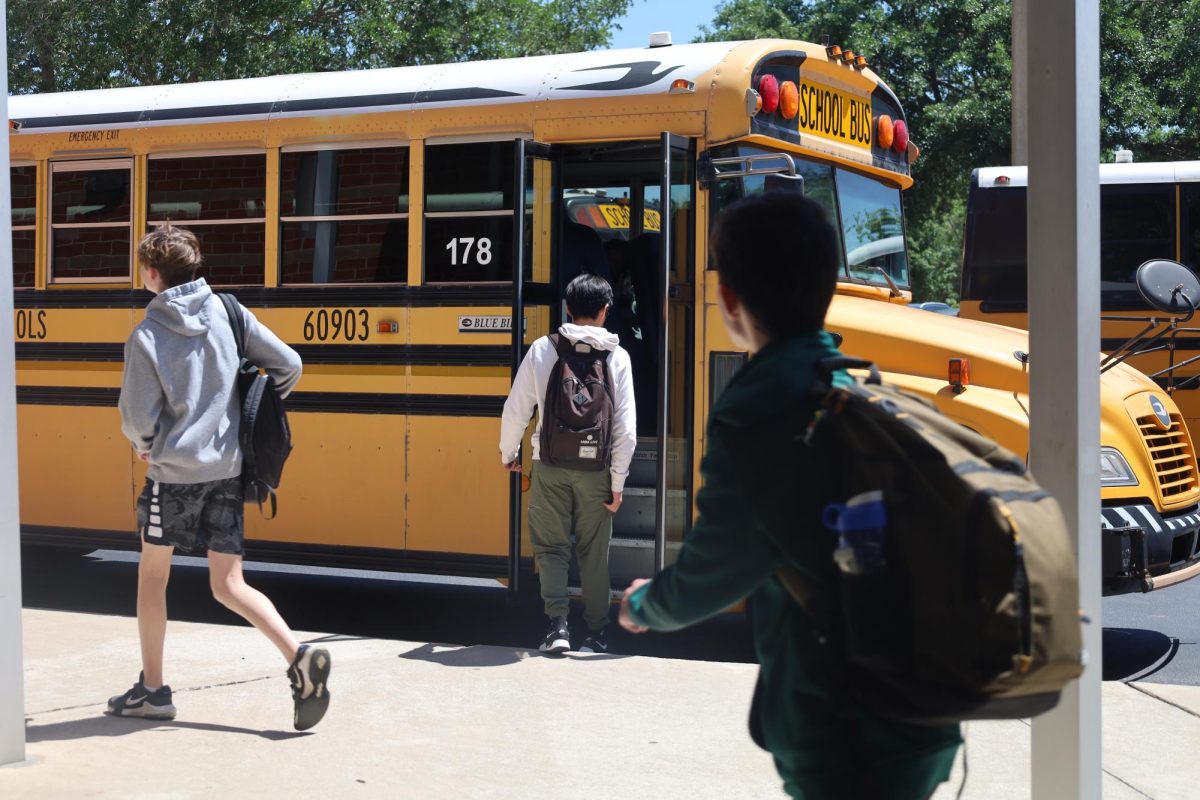



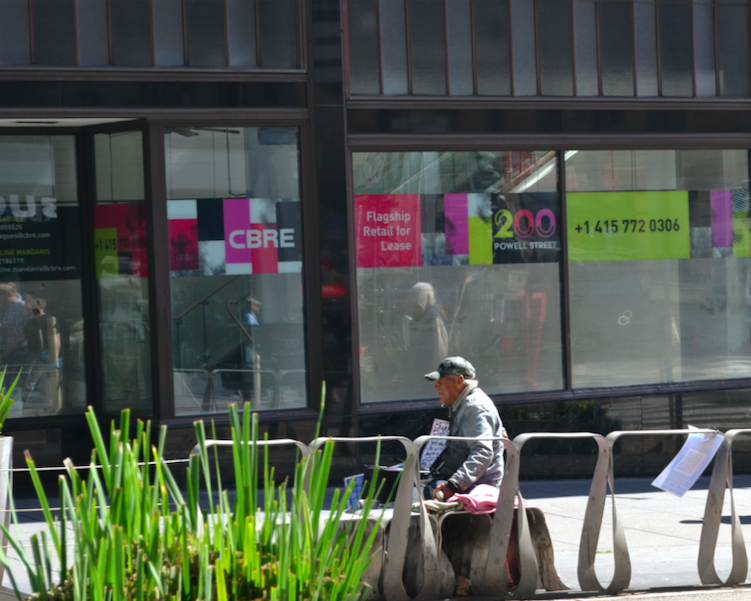


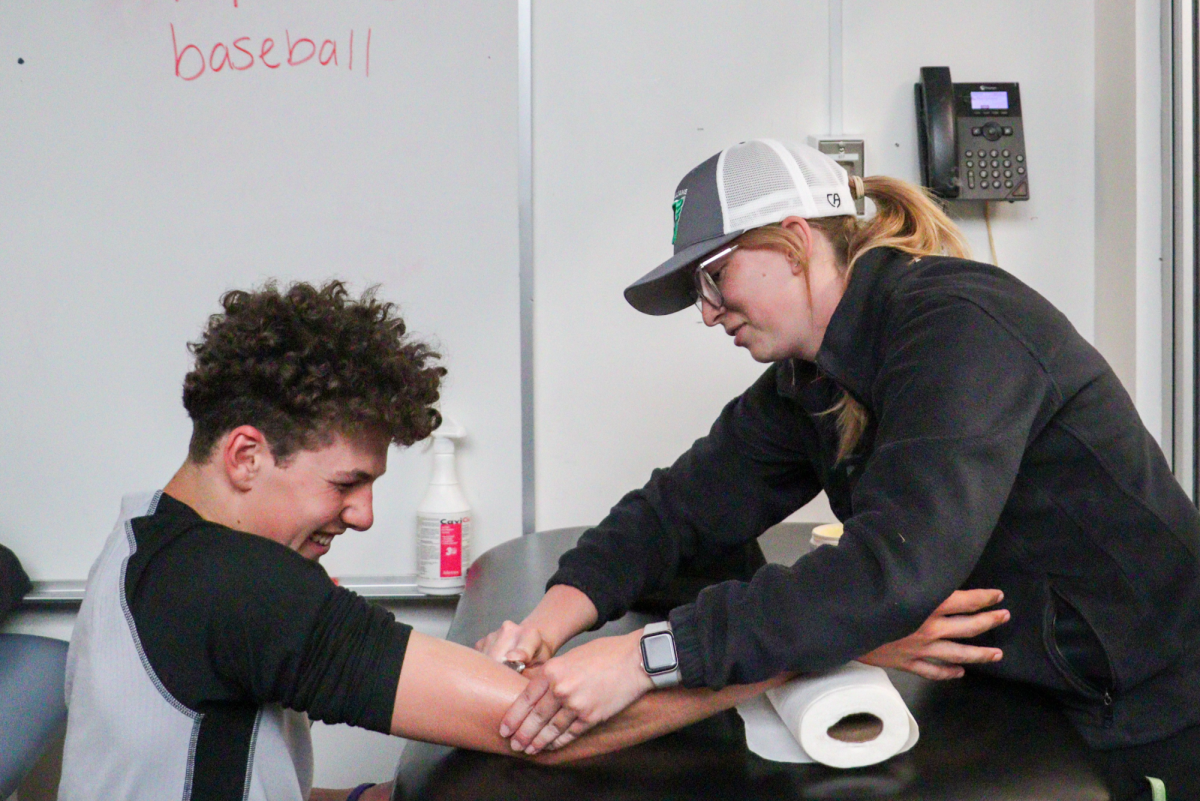










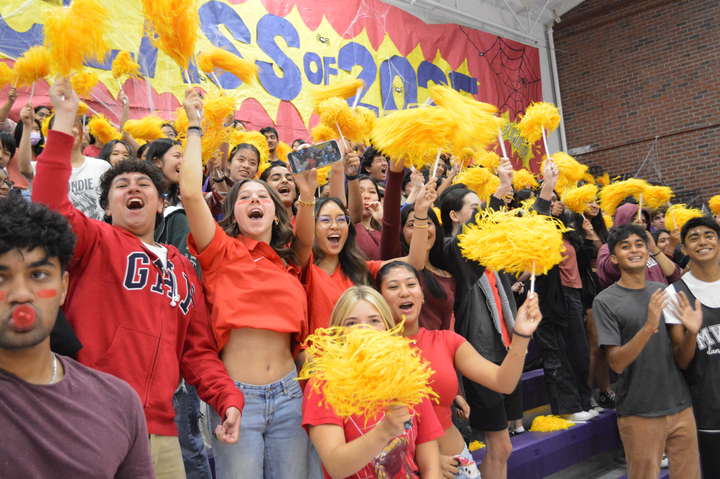

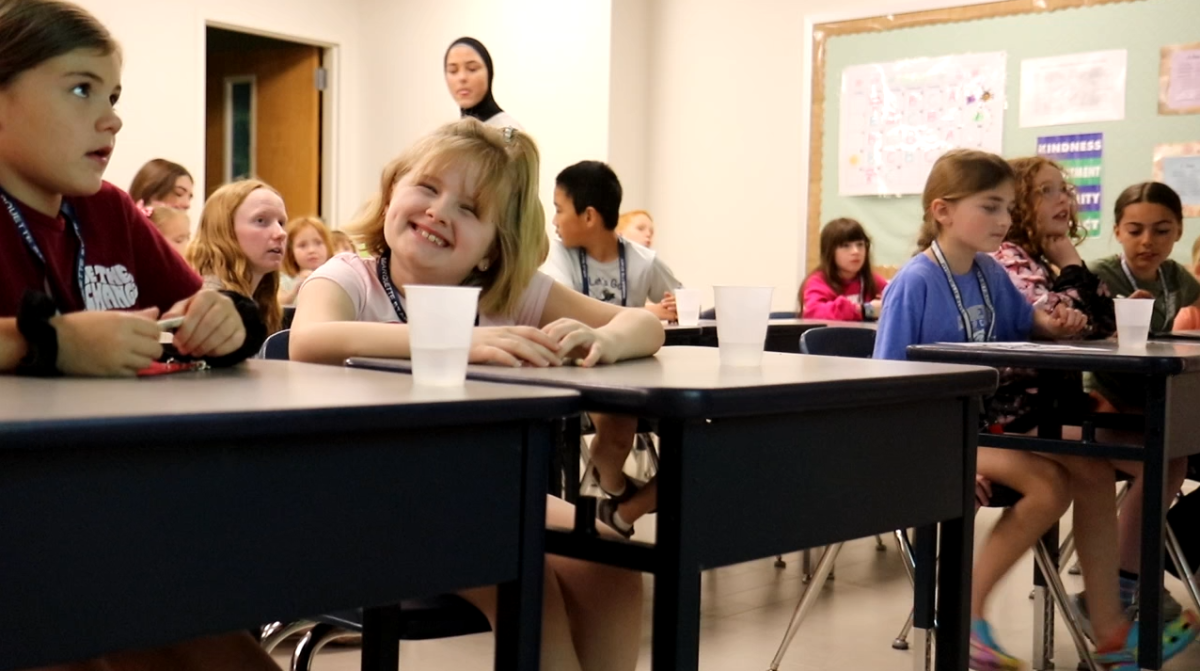








![IN THE SPOTLIGHT: Junior Zalie Mann performs “I Love to Cry at Weddings,” an ensemble piece from the fall musical Sweet Charity, to prospective students during the Fine Arts Showcase on Wednesday, Nov. 8. The showcase is a compilation of performances and demonstrations from each fine arts strand offered at McCallum. This show is put on so that prospective students can see if they are interested in joining an academy or major.
Sweet Charity originally ran the weekends of Sept. 28 and Oct. 8, but made a comeback for the Fine Arts Showcase.
“[Being at the front in the spotlight] is my favorite part of the whole dance, so I was super happy to be on stage performing and smiling at the audience,” Mann said.
Mann performed in both the musical theatre performance and dance excerpt “Ethereal,” a contemporary piece choreographed by the new dance director Terrance Carson, in the showcase. With also being a dance ambassador, Mann got to talk about what MAC dance is, her experience and answer any questions the aspiring arts majors and their parents may have.
Caption by Maya Tackett.](https://bestofsno.com/wp-content/uploads/2024/02/53321803427_47cd17fe70_o-1-1200x800.jpg)
![SPREADING THE JOY: Sophomore Chim Becker poses with sophomores Cozbi Sims and Lou Davidson while manning a table at the Hispanic Heritage treat day during lunch of Sept 28. Becker is a part of the students of color alliance, who put together the activity to raise money for their club.
“It [the stand] was really fun because McCallum has a lot of latino kids,” Becker said. “And I think it was nice that I could share the stuff that I usually just have at home with people who have never tried it before.”
Becker recognizes the importance of celebrating Hispanic heritage at Mac.
“I think its important to celebrate,” Becker said. “Because our culture is awesome and super cool, and everybody should be able to learn about other cultures of the world.”
Caption by JoJo Barnard.](https://bestofsno.com/wp-content/uploads/2024/01/53221601352_4127a81c41_o-1200x675.jpg)


